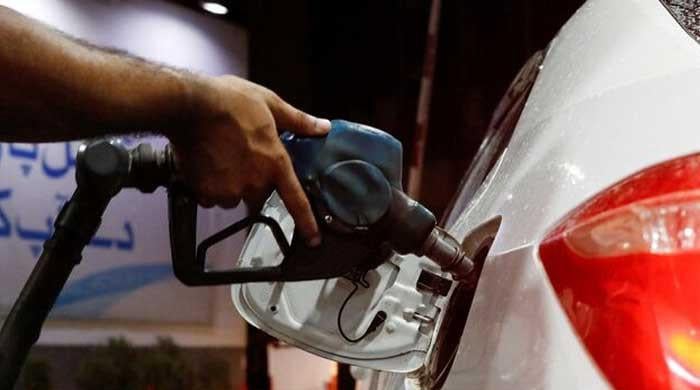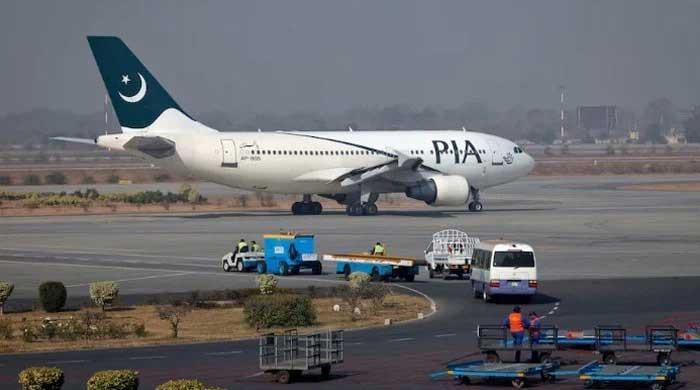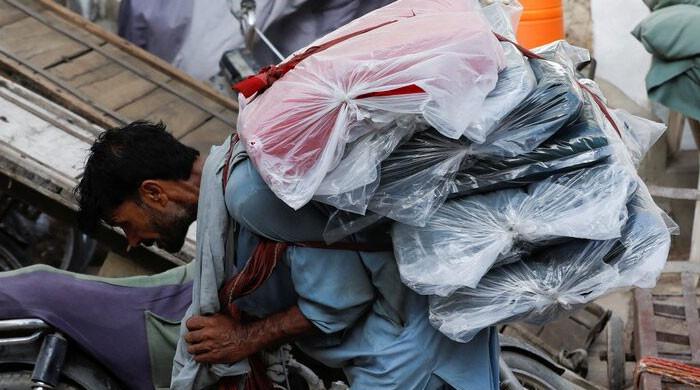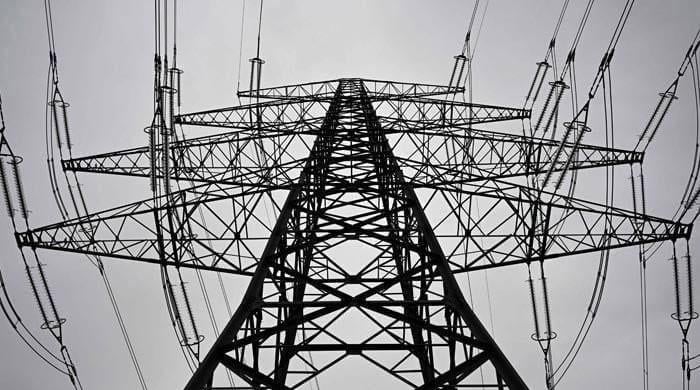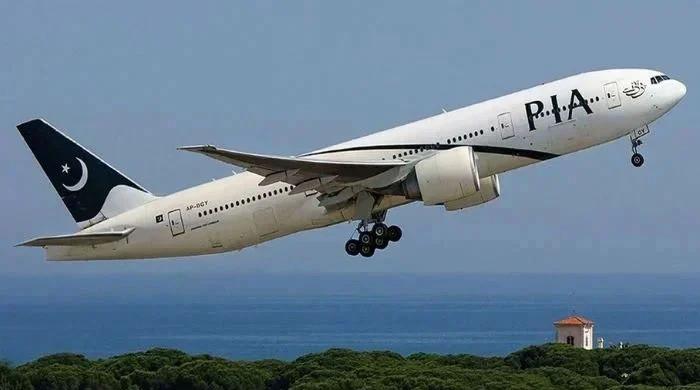Donkey population sees constant rise in Pakistan: economic survey
Economic Survey 2021-22 reveals population of donkeys has increased to 5.7 million during previous fiscal year
June 09, 2022
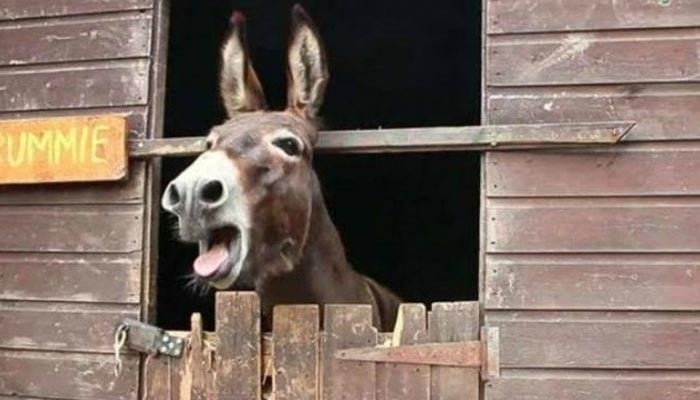
- Population of donkey increases to 5.7 million during FY 2020-21.
- Data shows donkey population has been increasing steadily during past few years.
- There were 5.5m of donkeys in 2019-20 and 5.6m in 2020-21.
ISLAMABAD: The population of donkeys in Pakistan has increased to 5.7 million during the previous fiscal year, according to the Economic Survey (PES) 2021-22 released Thursday.
The data showed that the population of donkeys has been increasing steadily during the last few years as there were 5.5 million of them in 2019-2020 and 5.6 million in 2020-21.
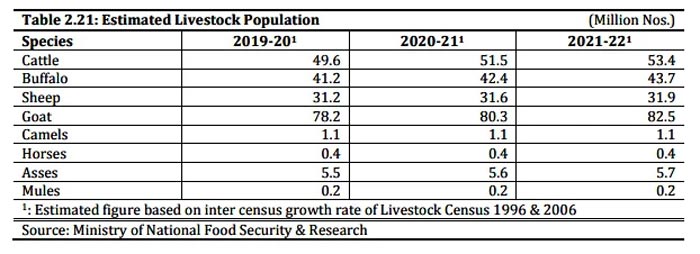
The data showed that the cattle population in the country has increased to 53.4 million — buffalo to 43.7 million, sheep to 31.9 million, and goats to 31.9 million.
The data shows that there were 1.1 million camels, 0.4 million horses and, 0.2 million mules in the country. It can be noted that there is no change in these numbers since 2017-18.
Livestock contributed approximately 61.9% of agriculture value addition and 14.0% to the national GDP from 2021 to 22.
Animal husbandry is the most significant economic activity of the dwellers of rural areas of Pakistan. More than 8 million rural families are engaged in livestock production and are deriving around 35-40% of their income from this sector.
The gross value addition of livestock has increased from Rs 5,269 billion (2020-21) to Rs 5,441 billion (2021-22), showing an increase of 3.26%.
The document stated that the government has renewed its focus on this sector for economic growth, food security, and poverty alleviation in the country.
The overall livestock development strategy, it added, resolves to foster "private sector-led development with public sector providing enabling environment through policy interventions".
The regulatory measures are aimed at enhancing per unit animal productivity by improving veterinary health coverage, husbandry practices, animal breeding practices, artificial insemination services, the use of balanced ration for animal feeding, and controlling livestock diseases.





